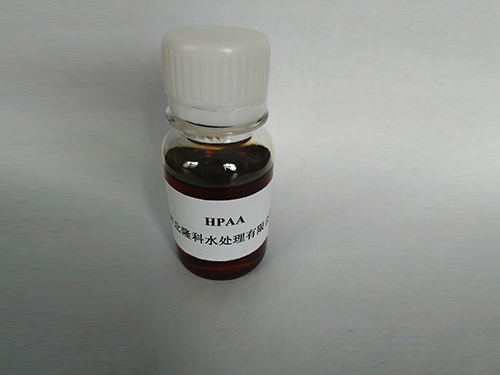polyaluminium chloride solution
Exploring the Uses and Benefits of Polyaluminium Chloride Solution
Polyaluminium chloride (PAC) solution is a widely used coagulant in water treatment processes. It is a versatile compound that plays a crucial role in the purification of drinking water, wastewater treatment, and even in the paper and textiles industries. Understanding its properties, functions, and advantages is essential for appreciating its significance in modern environmental management.
Polyaluminium chloride is an inorganic polymer made from the reaction of aluminum hydroxide with hydrochloric acid. Its chemical formula can be represented as Aln(OH)mCl3n-m, where 'n' and 'm' vary based on the specific formulation. This complex structure allows PAC to effectively destabilize and aggregate colloidal particles suspended in water, facilitating their removal through sedimentation or filtration.
One of the primary applications of PAC is in drinking water treatment. Water sources often contain dissolved organic matter, sediments, and microorganisms that can pose health risks. When PAC is added to water, it reacts with these contaminants, forming larger flocs that can be easily separated. This process not only improves water quality but also enhances the efficiency of subsequent filtration systems. Compared to traditional coagulants such as aluminum sulfate, PAC is more effective in a broader pH range and produces less sludge, making it a more environmentally friendly option.
In addition to drinking water purification, PAC is also extensively used in wastewater treatment. Municipal and industrial wastewater often contains high levels of turbidity, heavy metals, and organic contaminants. By utilizing PAC, treatment facilities can significantly reduce these impurities. The PAC solution enhances the flocculation process, resulting in clearer effluent that meets stringent environmental discharge standards.
polyaluminium chloride solution

Another prominent application of PAC is in the production of paper and textiles. In the paper industry, PAC acts as a sizing agent and enhances retention during the papermaking process. This leads to stronger paper products while minimizing color and chemical usage. In textiles, PAC is utilized in dyeing processes to improve color uptake and fix dyes onto fabrics, ensuring vibrant and long-lasting results.
The benefits of PAC extend beyond its functionality. Its ease of storage and handling makes it an appealing choice for operators in various industries. PAC solutions are usually less corrosive compared to other coagulants, leading to reduced wear on equipment and piping. Additionally, PAC is often available in a liquid form, which simplifies dosing and application processes.
Despite its many advantages, it is essential to handle polyaluminium chloride with care. While it is generally considered safe for use in water treatment, appropriate safety protocols should be followed to mitigate any potential health risks. Proper training and education about its handling and application can help ensure its effective and safe use.
In conclusion, the polyaluminium chloride solution is a vital component in many industrial applications, particularly in water treatment. Its effectiveness, environmental benefits, and ease of use make it a preferred option for achieving cleaner water and improving product quality across several sectors. As the demand for clean water and sustainable industrial processes grows, the importance of PAC is expected to increase, solidifying its role in safeguarding public health and the environment.
-
Water Treatment with Flocculant Water TreatmentNewsJun.12,2025
-
Polymaleic AnhydrideNewsJun.12,2025
-
Polyaspartic AcidNewsJun.12,2025
-
Enhance Industrial Processes with IsothiazolinonesNewsJun.12,2025
-
Enhance Industrial Processes with PBTCA SolutionsNewsJun.12,2025
-
Dodecyldimethylbenzylammonium Chloride SolutionsNewsJun.12,2025





